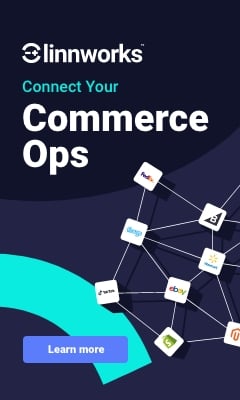Many myths surround loyalty programmes that mask their advantages
Plastic cards and paper vouchers will remain important elements of loyalty programmes, according to GI Insight, that believes they will not be universally replaced by digital alternatives any time soon. By Glynn Davis
Ahead of presenting at the 5th Retail Bulletin Customer Loyalty Conference 2014 on June 10 Andy Wood, managing director of GI Insight, sought to dispel some of the myths around loyalty programmes including the view that digital will replace their physical aspects like cards and vouchers.
Although loyalty apps are much more fashionable than plastic cards Wood warns retailers: “Do not choose the mechanic for fashion reasons, use the most effective one that will help you achieve the core objective of linking as many customers as possible to your transactions.”
Tesco has recently announced that it is to introduce digital vouchers, which is a good idea says Wood as it also intends to retain its paper-based versions: “Make sure all the bases are covered. There will be a shift from cards to apps but not fully for 15 years. Not everyone will have a smart-phone and most EPoS systems do not allow the scanning of barcodes from phones. Replacing these tills with ones with new scanners will take some time.”
The longevity of paper vouchers is also linked to the ongoing appeal of direct mail, according to Wood, who says digital has its value but it does not drive the level of physical footfall of paper. “Direct mail outperforms email every time. Next Directory is online so why does it still bother with a catalogue? The mix of direct mail could change but we’ll never see paper vouchers go away because it drives spend,” he says
Also, counter-intuitively, Wood believes the paper alternative is particularly attractive to younger – digital natives – because: “It’s new to them. Very few retailers talk to them via direct mail. Led by the agencies, retailers have been told that they must get into social media. But it’s the one place where people will not be sold to!”
He suggests the best communicational channels to use by each retailer should be determined by what their data is telling them. “We don’t have a torch for any specific channel. It’s all about the data,” says Wood.
Another misunderstanding of loyalty programmes is that they are expensive to run. Wood says that when the costs are stripped back to cost-per-customer-per-annum then it can be around £6-8 per year: “How much does the customer spend with you? If it is £200 per year then it is worth having a conversation about running a loyalty programme to grow or defend sales. Finance directors understand this conversation as it’s more understandable than talking about above-the-line advertising.”
The final myth Wood seeks to dispel is that loyalty programmes can be run on auto-pilot. Although they can be automated as much as possible, they presently require a decent level of human interaction in order to deliver effective insight from the data analytics.
He believes there are many companies buying off-the-shelf databases that are then run by the IT department, which does not understand the “subtleties” of operating a customer database. This then brings “lots of dangers” to a retailer’s business.
To register for this high-quality, low cost event, click here.














